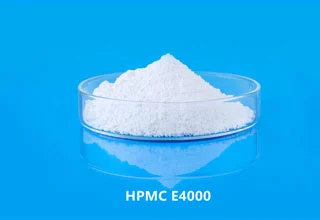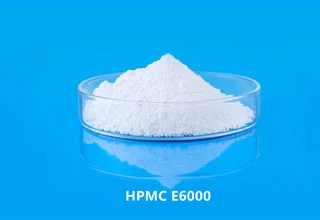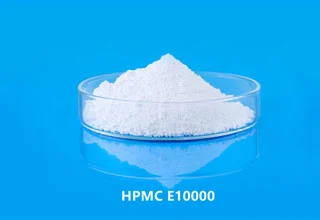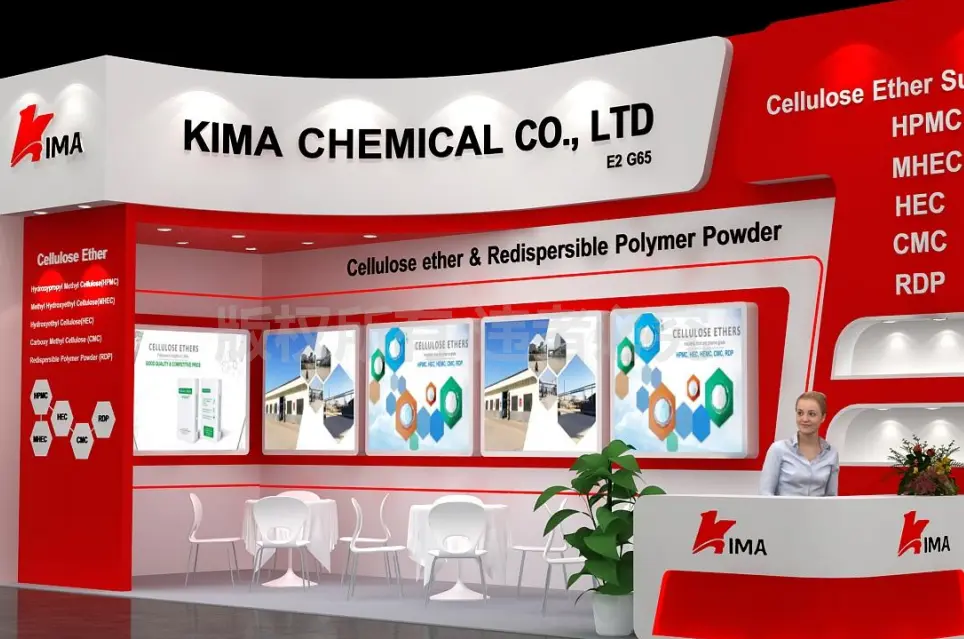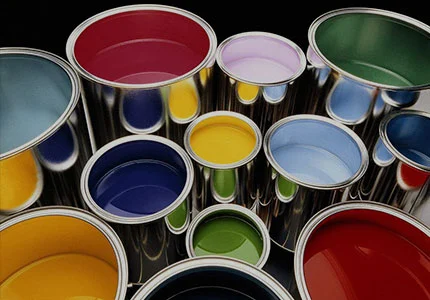HPMC (Hydroxypropyl methylcellulose) offers several advantages when used as an additive in ceramics, including:
Improved workability:
HPMC can improve the workability of ceramic bodies and glazes, making them easier to shape, mold, and apply. This is because HPMC acts as a plasticizer, increasing the flexibility and reducing the stiffness of the materials.
Improved green strength:
HPMC can improve the green strength of ceramic bodies, which means they are less likely to crack or break during the handling and forming process. This is because HPMC acts as a binder, holding the particles together and increasing the strength of the materials.
Improved suspension:
HPMC can improve the suspension of solid particles in liquid glazes or slips, which makes them more consistent and easier to apply. This is because HPMC acts as a suspension agent, preventing the particles from settling and improving the flow properties of the materials.
Reduced shrinkage and cracking:
HPMC can help to reduce shrinkage and cracking in ceramic bodies during the drying process. This is because HPMC acts as an anti-cracking agent, improving the plasticity and elasticity of the materials and reducing their tendency to crack or shrink.
Improved application properties:
HPMC can improve the application properties of ceramic slurries and glazes, making them easier to apply and control. This is because HPMC acts as a rheology modifier, adjusting the viscosity and flow properties of the materials.
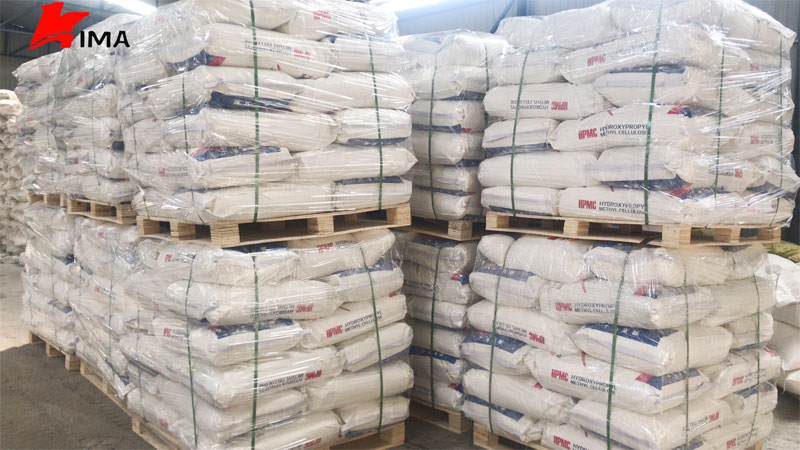
 English
English 日本語
日本語 français
français Deutsch
Deutsch Español
Español italiano
italiano русский
русский português
português العربية
العربية Türkçe
Türkçe Nederland
Nederland

